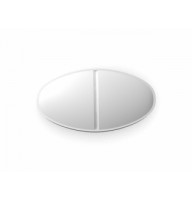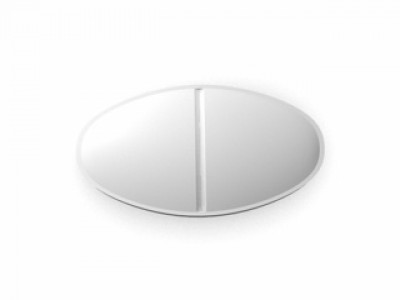Uniphyl CR (Theophylline) is beneficial in the treatment of several respiratory diseases, primarily asthma and chronic obstructive pulmonary disease (COPD). In asthma, which is characterized by airway inflammation and constriction, theophylline acts as a bronchodilator, relaxing the smooth muscles in the airways to improve airflow and alleviate symptoms such as wheezing, coughing, and shortness of breath. It complements other asthma medications like inhaled corticosteroids and beta-agonists by providing additional bronchodilatory effects and potentially enhancing overall symptom control.
For individuals with COPD, a progressive lung disease that includes conditions like chronic bronchitis and emphysema, theophylline can also help by relaxing the airway muscles and reducing inflammation. This helps to alleviate symptoms such as chronic cough, excessive mucus production, and difficulty breathing. Theophylline's ability to improve respiratory muscle function and increase the strength of the diaphragm can further aid in breathing efficiency for COPD patients, particularly during exacerbations or periods of increased respiratory distress.
Additionally, theophylline has been used in the treatment of other respiratory conditions such as nocturnal asthma, where symptoms worsen at night, and in some cases of severe acute asthma attacks where other treatments may be insufficient. Its mechanisms of action extend beyond simple bronchodilation; theophylline also exhibits anti-inflammatory properties and can enhance the response of the respiratory system to medications like beta-agonists.
Moreover, in some cases, theophylline has been explored for its potential benefits in conditions beyond respiratory diseases, such as in premature infants with apnea of prematurity or in patients with obstructive sleep apnea, where its respiratory stimulant effects may be beneficial.
Overall, Uniphyl CR (Theophylline) serves as a versatile medication in the treatment of various respiratory conditions, providing relief and improving lung function through its bronchodilatory, anti-inflammatory, and respiratory stimulant actions. Its role in therapy is tailored to the specific needs of each patient, often complementing other treatments to achieve optimal management of respiratory symptoms and overall quality of life.

